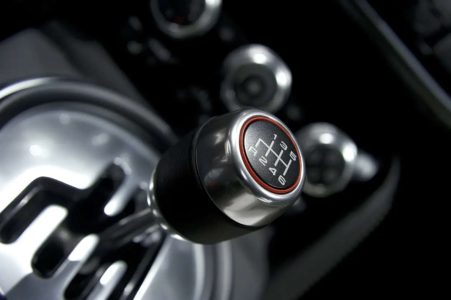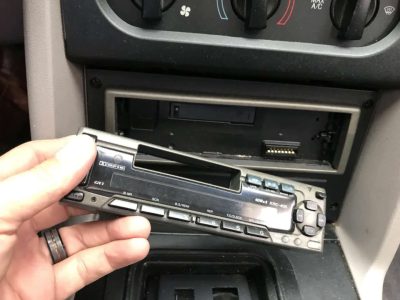12 Car Innovations That Didn’t Stand the Test of Time
11. Cigarette Lighters

Cigarette lighters were a common feature in cars, serving as a convenient way to light up a smoke. As smoking rates declined and health awareness increased, these lighters were repurposed into electrical outlets for charging devices. While they may evoke memories of road trips and late-night drives, they are now largely obsolete in modern vehicles.
10. Manual Transmissions
Manual transmissions were once a staple in vehicles, allowing drivers to engage directly with their cars. Learning to drive with a stick shift was a rite of passage for many. However, as automatic transmissions became more prevalent, the manual option dwindled. Today, manual drive is rather rare as automatic transmissions and CVTs have become progressively more common, and manual drive has shifted to being an enthusiast’s feature.
9. Corinthian Leather
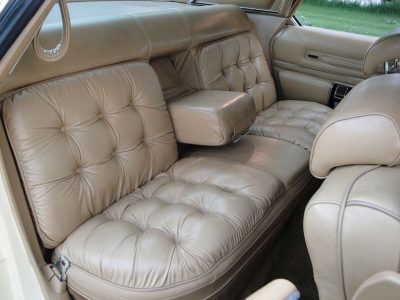
Chrysler’s marketing of Corinthian leather in the 1970s and 1980s created an illusion of luxury. Despite its exotic name, it was just regular leather. This clever branding captured the imagination of consumers, but as car interiors evolved, the focus shifted to more sustainable and practical materials, leaving Corinthian leather behind.
8. Three-On-The-Tree Shifters
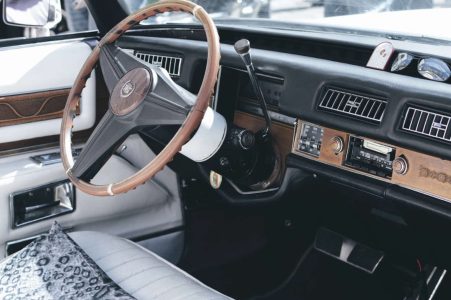
The three-on-the-tree shifter, mounted on the steering column, was a common feature in cars from the 1940s to the 1970s. It allowed drivers to shift gears without taking their hands off the wheel. However, as automatic transmissions gained popularity, this feature faded away, leaving behind a nostalgic memory for those who learned to drive with it.
7. Manual Window Cranks
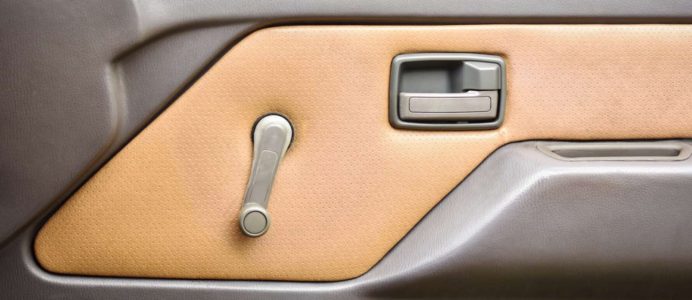
Before the advent of power windows, manual window cranks were the norm. Drivers and passengers would turn a handle to roll the windows up or down. While this system was simple and reliable, it has been replaced by the convenience of power windows, making the manual crank a thing of the past
6. Floor-Mounted High Beam Switches
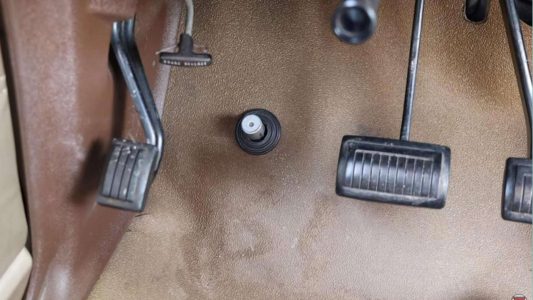
In older cars, high beams were activated by a switch on the floor, operated by the left foot. This feature was practical but often led to accidental activation or dirt buildup. As car designs evolved, this switch was integrated into the steering column, making it easier and safer to control.
5. Rear-Facing Seats in Station Wagons
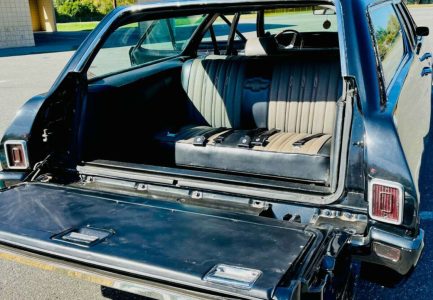
The rear-facing seat in station wagons was a beloved feature for many families. It provided a unique view of the road and made for fun interactions with passing cars. However, safety concerns and changing family dynamics led to the decline of this feature, as modern SUVs and minivans took over the market.
4. Detachable Radio Faceplates
In the 1990s, detachable faceplates for car radios became popular as a theft deterrent. While they offered some security, most drivers found them cumbersome and rarely removed them. Today, with the rise of Bluetooth technology and integrated infotainment systems, detachable faceplates are no longer necessary.
3. Two-Key Systems

Older cars often came with two keys: one for the doors and another for the ignition. This system was particularly common in General Motors vehicles. As technology advanced, the industry shifted to single-key systems and remote key fobs, making the jingling of multiple keys a nostalgic memory.
2. Full-Size Spare Tires
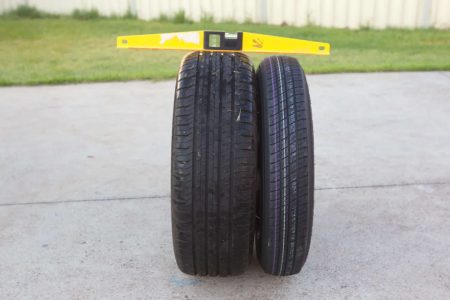
Once a standard feature, full-size spare tires have largely been replaced by compact donut tires. As cars became smaller and trunk space more limited, manufacturers opted for these temporary solutions. While they save space, many drivers miss the security of having a full-size spare on hand for emergencies.
1. Decorative Hood Ornaments
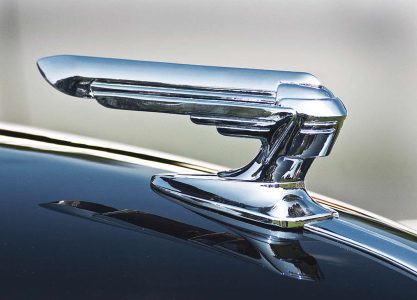
Hood ornaments were once a stylish way to showcase a car’s brand. These mini sculptures added character to vehicles but posed safety risks for pedestrians and were often stolen. As a result, manufacturers phased them out in favor of flatter emblems, marking the end of an era in automotive design. They still exist on some cars (especially high-end ones) but have largely completely vanished.
